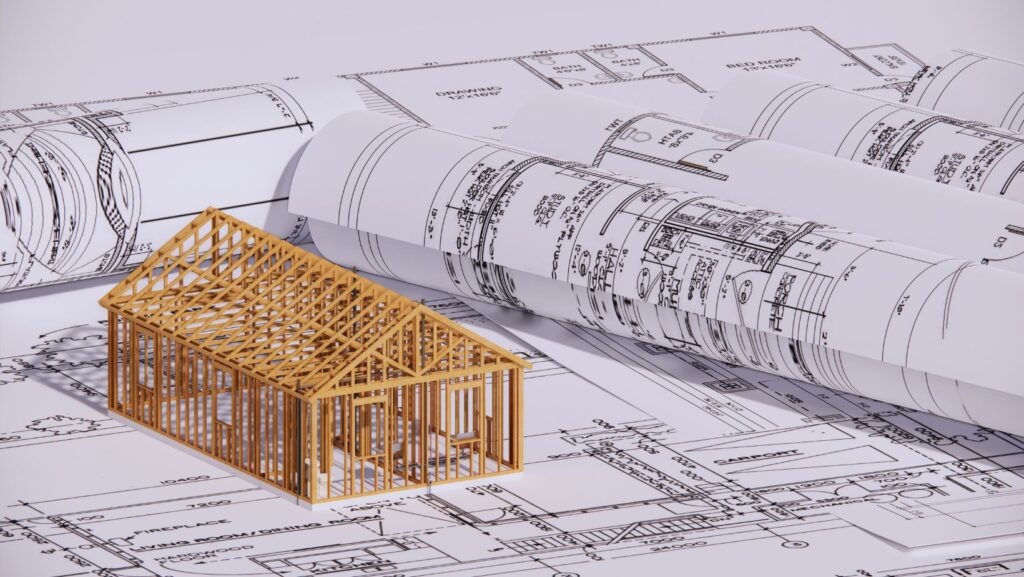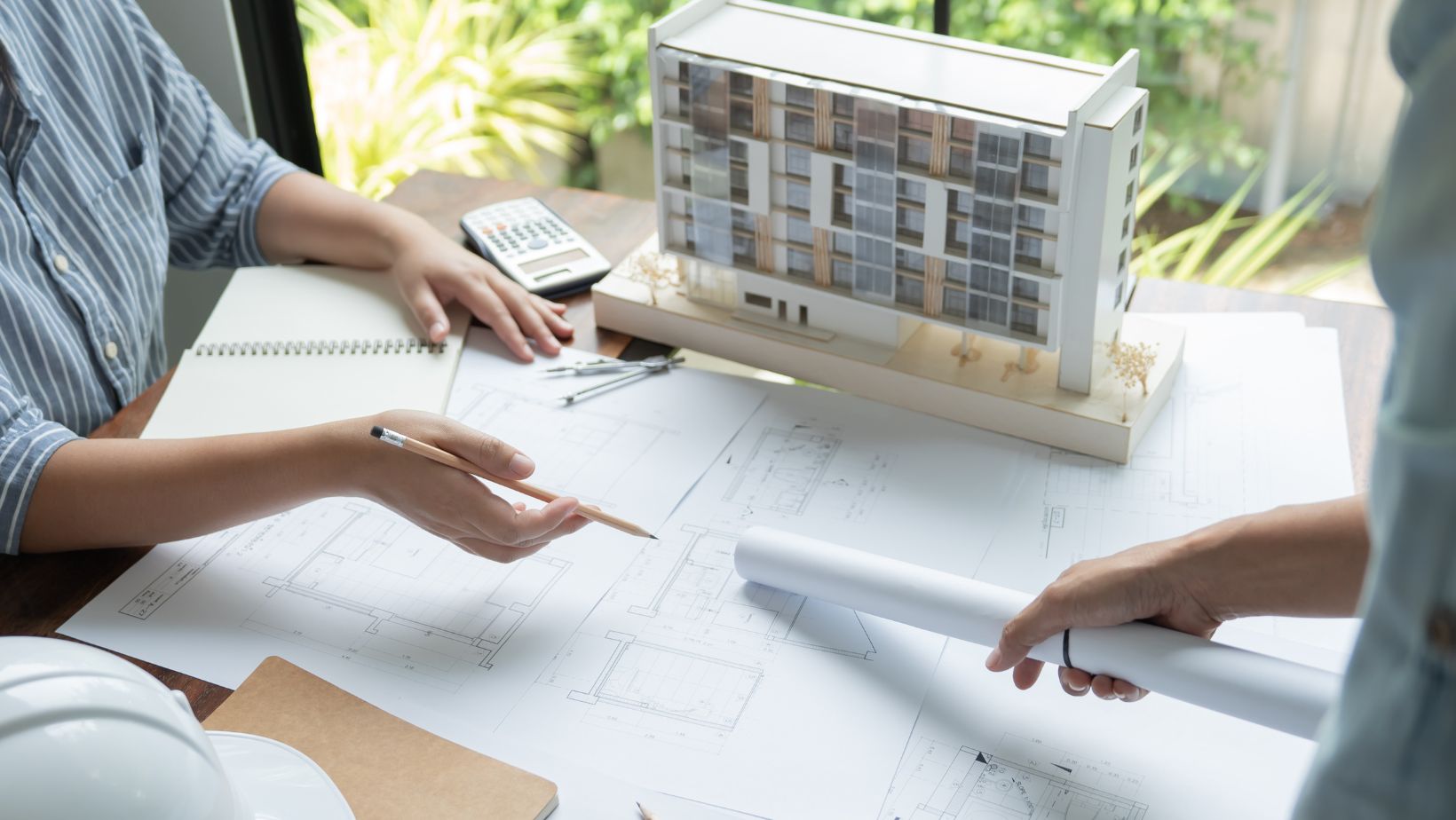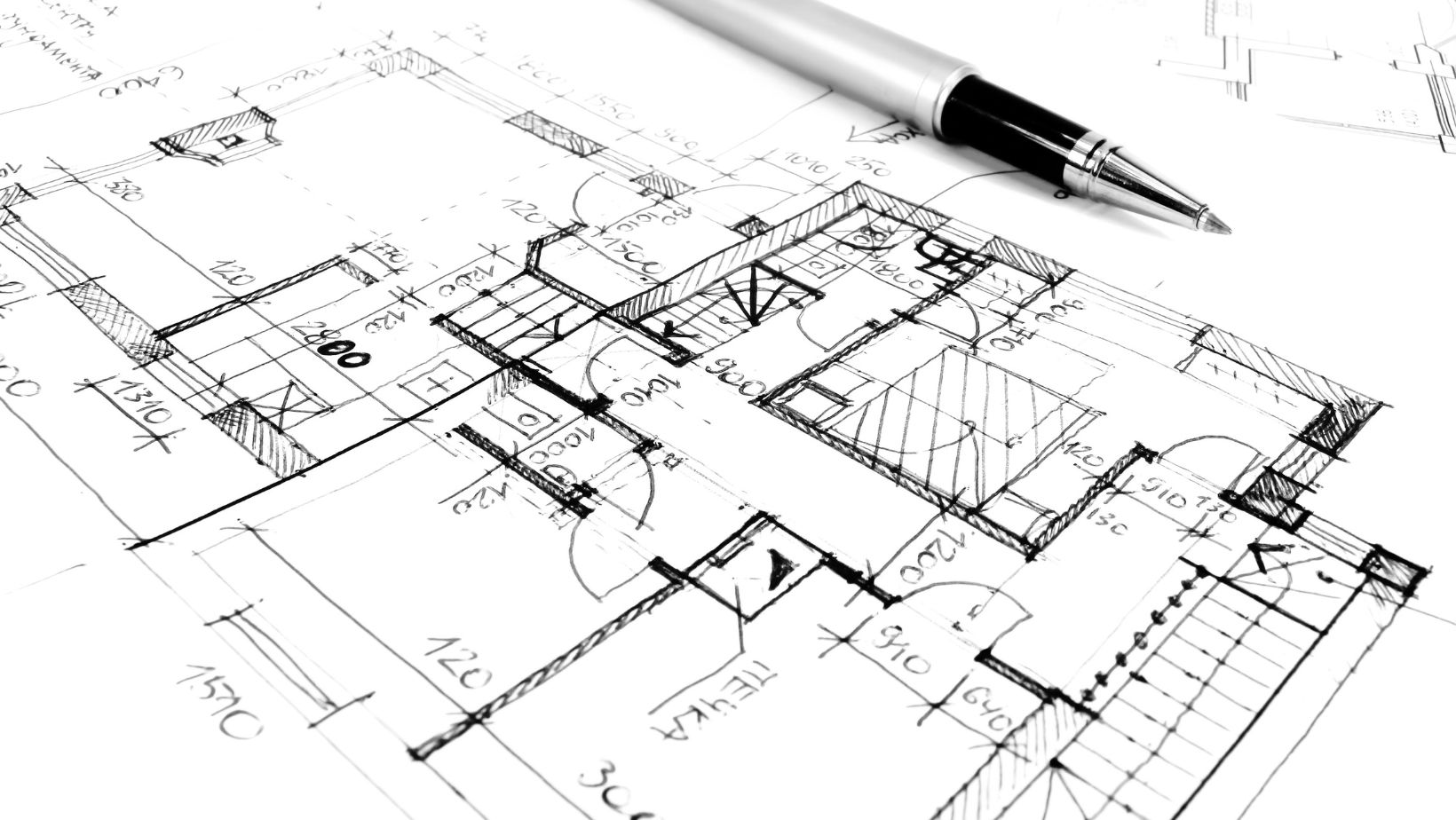
Architects and engineers rely heavily on precise, large-scale drawings to bring their visions to life. These drawings require specialised printers known as plotters. Plotters are designed to handle the complexity and detail of architectural plans, delivering crisp, accurate prints on large media.
With various types of plotters available, each offering distinct features, it’s crucial to understand which one best suits your needs. Whether you’re focusing on speed, accuracy, or integration with design software, selecting the right one can significantly impact your project’s efficiency and quality. Read on to know the different types and their key features.
Print Speed and Efficiency for Large-Scale Architectural Drawings
Time is a valuable resource in any architectural project. The speed of your plotter directly affects productivity. Some are built for rapid output, capable of printing multiple sheets per minute. These are ideal for fast-paced environments where deadlines are tight.
Others prioritise quality over speed, producing highly detailed prints at a slower rate. When choosing a plotter, consider how often you need to print large volumes quickly. High-speed ones are perfect for projects with extensive documentation, while slower models suit tasks where detail and accuracy are more critical.
Precision and Accuracy in Line Quality for Detailed Plans
Architectural drawings demand a high level of precision. Every line, no matter how fine, must be rendered accurately to ensure the integrity of the design. Plotters vary in their ability to produce sharp, clear lines. Some are engineered with advanced print heads and high-resolution capabilities, making them ideal for intricate designs.
These excel in producing detailed blueprints, floor plans, and technical drawings. On the other hand, if your work primarily involves less detailed prints, a standard resolution plotter might suffice. Precision is paramount in architecture, so assess the level of detail required in your projects when selecting your equipment.
Media Handling Capabilities: From Paper Types to Sizes
Architectural projects often require printing on various types of media, from standard paper to specialty materials like vellum or film. Handling different media types and sizes is a crucial feature in a plotter. Some models are versatile, allowing you to switch between media types with ease.
They can accommodate large formats, ensuring that your designs are printed in the correct dimensions. For architects who frequently work with different media or need to produce large-format prints, choosing a plotter with flexible media handling capabilities is essential. Make sure yours can support the specific media your projects demand.
Integration with Architectural Design Software
Seamless integration between your plotter and design software is vital. Most architects use software to create their designs. Some plotters are specifically designed to integrate with these programs, offering features like direct printing from the software, automatic scaling, and more.
This integration not only simplifies the printing process but also ensures that your designs are printed accurately, without the need for additional adjustments. When choosing one of these, check its compatibility with your preferred design tools.
Technological Features: Connectivity and Embedded Tools
Modern plotters come equipped with a variety of technological features that enhance usability and functionality. Wireless connectivity, for instance, allows you to send prints directly from your computer, smartphone, or tablet, eliminating the need for physical connections.
Some also include embedded tools such as touchscreens, print management software, and cloud printing capabilities. These features can streamline your workflow, making it easier to manage and track your prints. If you value convenience and cutting-edge technology, look for a plotter that offers these advanced features. They can make your printing process more efficient and less cumbersome.
Cost Analysis: Purchase, Maintenance, and Operational Costs
The cost of a plotter is not just about the initial purchase price. Maintenance and operational expenses can add up over time.
Some are more affordable upfront but may require frequent maintenance. This can be costly in the long run. Others have higher purchase prices but lower operating costs, such as cheaper ink or media. Consider the total cost of ownership, including any warranties, service agreements, and consumable costs.
How to Choose the Right Plotter for Your Architectural Needs
Selecting the right printer involves balancing various factors, including speed, precision, media handling, and cost. Start by identifying your primary needs: Do you require high-speed printing, or is line accuracy more critical? Consider the types of media you work with and ensure the plotter can handle them.
Check the compatibility with your design software to avoid any workflow disruptions. Finally, assess the total cost of ownership, including maintenance and energy consumption. By carefully evaluating these aspects, you can choose a plotter that meets your specific requirements, enhancing your productivity and the quality of your work.
Knowing about the different types of plotters and choosing the right one is a crucial decision for any architect. The right equipment can make a significant difference in the quality and efficiency of your projects. Whether you prioritise speed, accuracy, or environmental impact, there’s a plotter out there that will fit your workflow.












